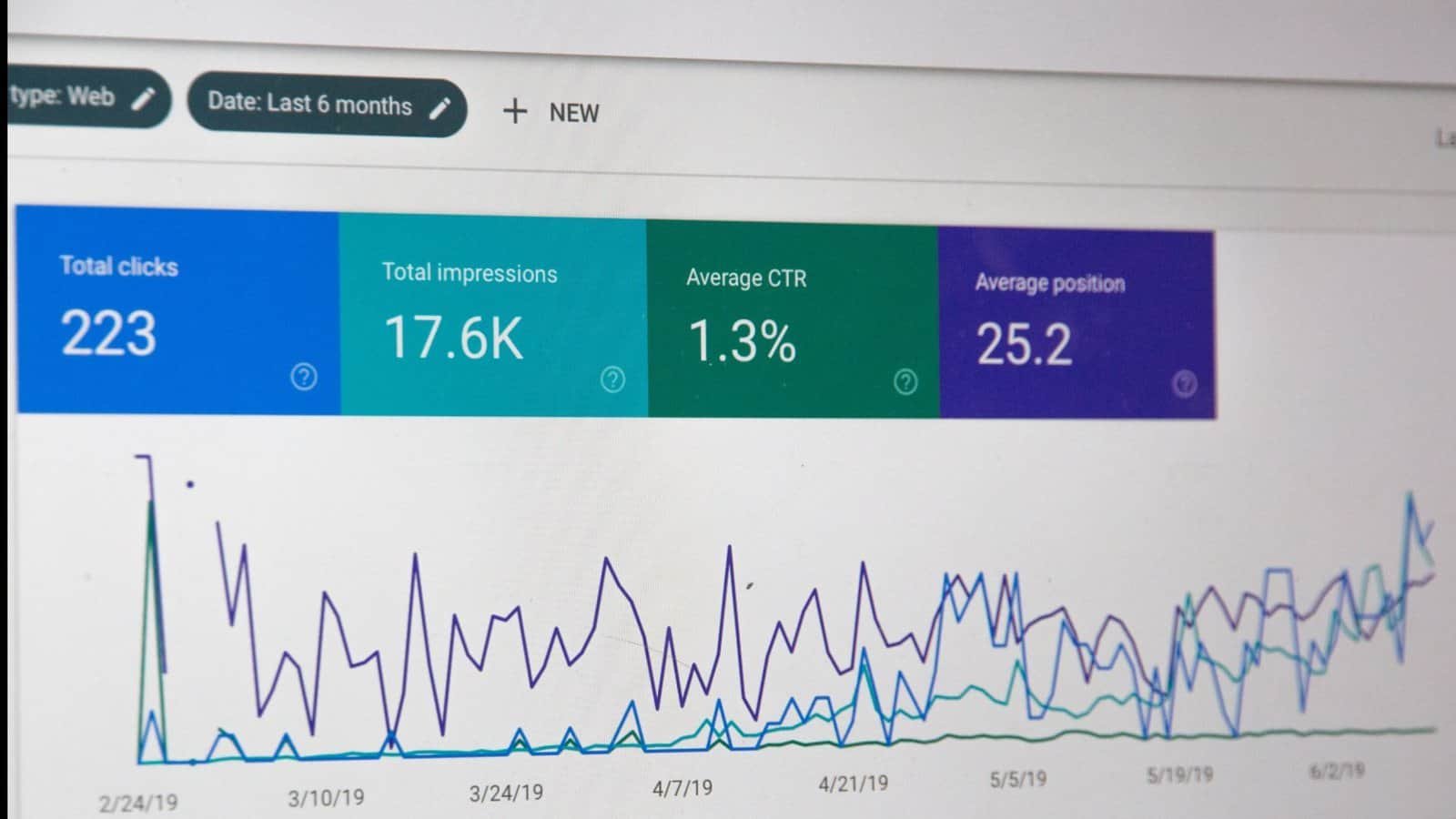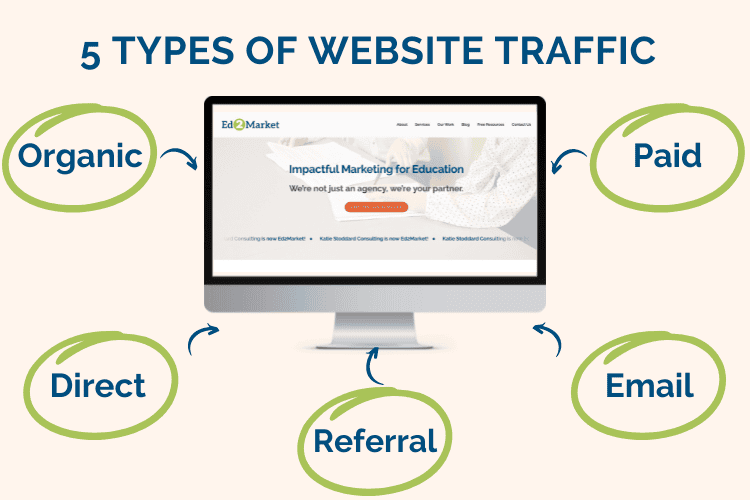If you happen to be a digital marketer, you will know that growing traffic on your site is one of the best ways to increase your business’s success. Despite this knowledge, many entrepreneurs fall into the trap of pursuing and boosting their traffic without being fully aware of some of the common practices that end up doing more harm than good. With this blog, I’ll highlight some of the most common pitfalls you need to stay away from when it comes to traffic in order to ensure your website keeps moving forward and that your business hits or even surpasses its objectives.
1. Neglecting Mobile Optimization
Probably your worst sin now is not having a mobile-optimised site. If you fail to adapt your website to a mobile device, you lose people and have a higher bounce rate. When users find a website that does not render well on the screen of their mobile device, they bounce quickly to a different source because the page needs to be scaled and shrunk. Viewing a content-rich page can be energy-consuming for many people. Search engines, like Google, also take that into account when ranking your site, so you will not be able to float on the first page of the results if you don’t take advantage of mobile technology.
How to Avoid It: Make sure your website is responsive, i.e., it adapts its layout to the size of the screen it’s being displayed on. Test the website in different browsers and on mobile devices and make it consistent in your presentation. Also maximise your pages, as much as possible, being built for faster speed on mobile devices.
2. Ignoring SEO Best Practices
SEO remains a core part of traffic, but many organisations are not even trying to do SEO or are making basic mistakes—overstuffing keywords, forgetting meta descriptions, or not optimising for local results—that will tank your search visibility and obscure your site from prospects.
How To Get Out Of It: Write content that is natural-seeming to search engines. Write content that’s rich in topics and publisher-friendly; provide contents of value, uniqueness and relevance. Use subheadings and compose about the right keywords. Optimise about the right meta descriptions and titles tags. Make sure your Sunnyvale auto locksmith pages are crawlable and also think about your internal link structure; try not to provide any dead-ends for the search engine robots. Keep your website updated and your SEO campaigns up-to-date in accordance with the search engines of the future and so on.

3. Overlooking the Power of Social Media
One of the greatest ways to increase traffic is through social media, but a lot of businesses either ignore it or approach it haphazardly, posting sporadically every week or even every month, neglecting to reply to tweets, choosing the wrong channel, or creating subpar content.
How to Avoid It: Develop a social media marketing plan that works for your business. Focus on the platforms where the type of audience you’re going after hangs out the most. This could apply to a specific demographic or where your type of business is most discussed. Then be active there. Respond to comments, message comments, and answer people. Use the available analytics to measure the results of your social media activities and alter what you do from time to time when it doesn’t quite get the results you want.
4. Not Leveraging Email Marketing
There’s almost no better way to increase site traffic than email marketing, especially for selling your own wares or content. The most obvious win will be promoting your own products or content. However, if you don’t foster an email list of subscribers who actually care and you’re not sending them anything relevant, you’re going to end up with a list of jackasses who’ve somehow made their way onto your list but won’t ever visit your site.
How to Do It Right: Grow your email list by offering incentives such as coupons, sample products or services, or gated content. Give away valuable, highly targeted information in emails that are written for your audience, and constantly purge list members who aren’t opening your messages to keep your bounce rates down.
5. Ignoring Analytics and Data
Analytics tell you exactly where your visitors are going and how your site can be improved. Not paying attention is like having a company shipment turned into a grocery shopper: an unfocused soul trying to sift her way through—without a list, mind you, or any tracking method to discern whether she’s even met herself before—”Is this me? I feel like I’ve been here before… What did I come in for?’ Essential numbers include bounce rates (the number of people who land on your site and immediately leave without going to any other pages on your website), the amount of time a visitor stays on your site (session duration) and conversion rates (how many visitors actually complete a desired action, such as signing up for your email list or actually purchasing a product or service from you).
How to stop it from happening to you: Use tools, such as Google Analytics and Search Console, and collect data from where you are posting on social media. Log in regularly and look at patterns—what is working well and what should you keep up with—and build up those areas that need them and be updated to find their Achille’s heel. Get your foot on the pedal and find them here.
6. Slow Page Load Speed

Should your prospective reader lose patience while waiting for your site to load, a bounce (“bounced away”—the number of site viewers heading elsewhere) is registered, and, although it’s not known precisely how it’s factored, a bounce rate is assigned. Bounce rate is one of a number of scorecards that help search engines rank organic results on search engine results pages (SERPs), and a sluggish site might find itself located at the very bottom of the first search engine page. Pagespeed is without question an aspect of ranking.
How to Avoid It: Webmasters can reduce load time by compressing images, merging CSS and JavaScript files to one file, and allowing browser caching, in addition to setting up a Content Delivery Network (CDN) to render your pages faster to your visitors in different geographical areas.
7. Not Utilizing A/B Testing
Without an A/B test, you might not know what is driving the traffic or conversions you see through your website or marketing campaign; skipping A/B testing is just sticking with what you’ve got (even if it’s working worse than you thought).
How to Do It: Run A/B tests on headlines, call-to-action buttons and landing pages on a regular basis. Use the results to refine your approach and roll out the variation that provides the biggest lift in traffic and conversions. Small changes can lead to big gains in traffic and conversions.
8. Underestimating the Importance of Content Quality
Skinny or hollow content will send away customers and tank your SEO; deep, rich, useful content that caters to the audience’s pain points will send customers, get shared and amplified, and magnify your SEO.
How To Get Out Of It: Pay for high-quality, researched material that provides added value to your target group; post relevant contents occasionally on your website or blog to keep your contents current and fresh; and send emails to your prospect / client base regularly. Keywords and emerging topics should be considered as well.
9. Failing to Optimize for Local SEO
If your site has any local focus—that is, if your business targets a certain local neighbourhood or community—then local SEO is not optional; it’s a requirement. Should you fail to properly design and optimise your website and blog for local search, your business will lose traffic, be omitted from results relevant to potential customers, and, worst of all, be featured in competitors’ results.
How to Avoid It: Get your Google My Business listing right, target local keywords in your content, and create some localised content to attract local leads. Encourage satisfied customers to write reviews about their experience, localised search rankings and traffic.
10. Not Keeping Up with Digital Marketing Trends

Lots of the time, new digital marketing stuff can come at you that would have worked last year, This year, it can work differently and your page can become old to the search engine. So as a marketer, if you are not up to speed with the new tricks of the trade, your page might become a little bit funky and old and the search engine will frown on it. It will make your page look out of date, so you really have to know what’s fresh and what’s not.
How to guard against it: A professional is supposed to stay up-to-date with the latest trends in digital marketing. So you must subscribe to, like, 10 blogs in digital marketing, listen to webinars, and participate in several forums in your field. Experiment with new ways and test out some new endeavors like voice search optimisation, AI-based marketing, and blogger/influencer collaborations if they give you an edge over others.

